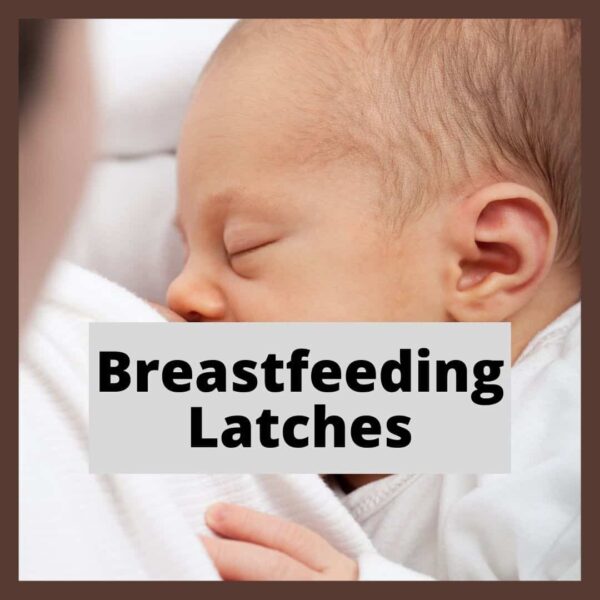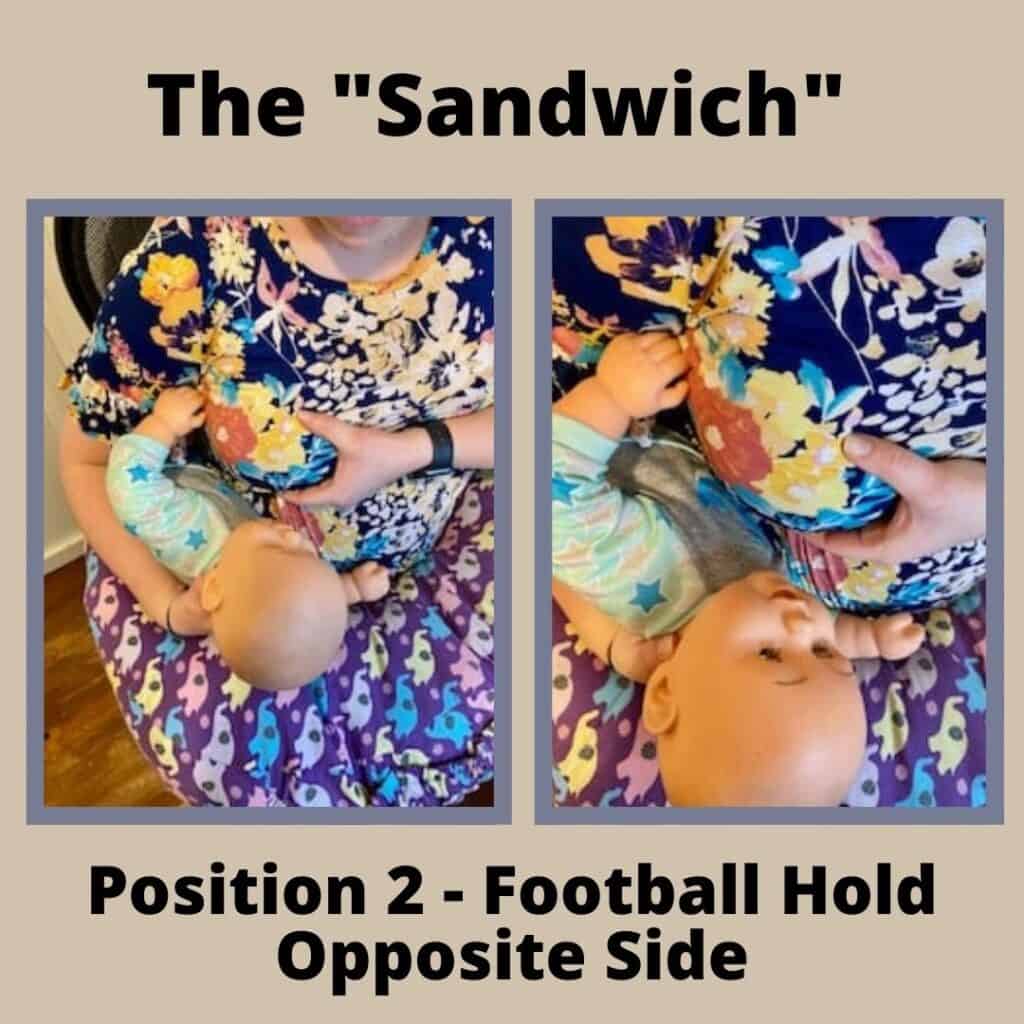
Many moms who start breastfeeding wonder: does my baby have a good latch or a bad latch? That’s a great question because if baby has a bad latch, then little one is not getting a lot of milk. Therefore, that makes latching the pinnacle of breastfeeding. Everything about feeding your baby hinges on what kind of latch you have. Why? Because a good or a bad latch can define your milk supply. If baby isn’t getting enough milk because of a bad latch, then your body will not know to produce more milk. In fact, it might think the baby needs less and produce less.
On the other hand, if baby has a great latch and gets a rich supply of milk, your body will take notice of that. Your body knows how much milk to make for your baby to be full, but it all starts with having a proper latch.
If you would like to read more about the composition of breastmilk and how your body knows how to help your baby, read this article by the US National Library of Medicine:http://Human Milk Composition: Nutrients and Bioactive Factors (nih.gov)
Remember: baby does not know how to latch at this point. It is up to you to teach him/her how to latch on properly, and it’s easy to get frustrated when the baby cannot figure it out right away. The important thing to remember is that both of you are new at this, and both of you will adjust and learn how to make it work.
What is a Good Latch?
A good latch, theoretically, is when you get enough of your areola in the baby’s mouth that the milk comes out much easier.
What is a Bad Latch?
A bad latch can be common if the baby doesn’t get the areola in its mouth. It may only get your nipple, and when that happens, the milk isn’t coming out very well.
How to Help Baby Get a Good Latch
Many moms think that that just getting the nipple of their breast in the baby’s mouth is enough. Then baby can just suckle away! However, that is not true. You want to get as much of the areola in the baby’s mouth as possible (that is the dark part around your nipple).
That sounds easy enough, but how do I do that? I like to use the “sandwich” method (that’s what my lactation consultant called it in the hospital). With your free hand, you clasp your fingers in the shape of a “sandwich,” and you put your fingers toward the end of your breast. Your thumb should be on top, and your index finger should be at the bottom of your breast (it’s an upside-down sandwich). This flattens your breast out in such a way that baby can get more in his/her mouth.


To get the baby to latch, take your “sandwich” and gentle rub it against baby’s cheek. This will signal the baby to start rooting. If baby does not open his/her mouth wide enough (it should be similar to a yawn), rub your nipple across the lips. Then quickly bring the areola to the baby’s mouth and let him/her latch.
The more of the areola you get in the baby’s mouth, the easier the milk comes out. Nevertheless, if you have large breasts, you might have bigger areolas, and the whole areola will not fit in the baby’s mouth. That is totally okay! You just want baby to get as much of the areola as possible for easier milk flow.
How Do I Know If The Latch Works Or Not?
You will know if you have a good latch or not depending on baby’s suckling. Baby should have a rhythmic suckling, swallowing, and breathing sound as he/she eats. Some babies will also let you know if they’re not latched properly by unlatching and crying. Again, when the latch isn’t right, the milk will not always flow out easily. This can frustrate your baby because, remember, he/she is still learning how to breastfeed also. But do not be discouraged! Simply change positions, make your sandwich, engage the rooting reflex, and try again. Keep changing positions until you find what baby likes. Once you figure this part out and let your nipples toughen up, it’s smoother sailing from here, Mama!
Let me know how you encouraged your little one to latch. Were there other trials and errors that you encountered? Let me know in the comments what your tips are!
If you are wondering what foods you should be eating to help baby get key nutrients from your milk, read my other post: What to Eat While Breastfeeding
